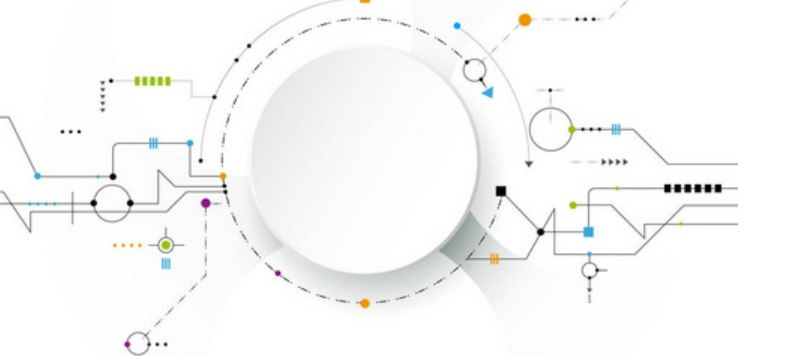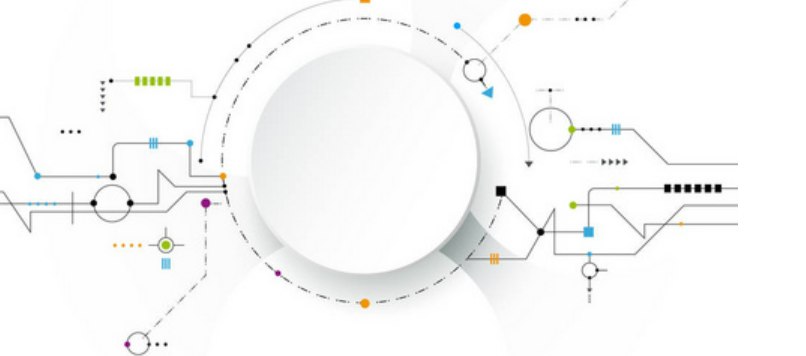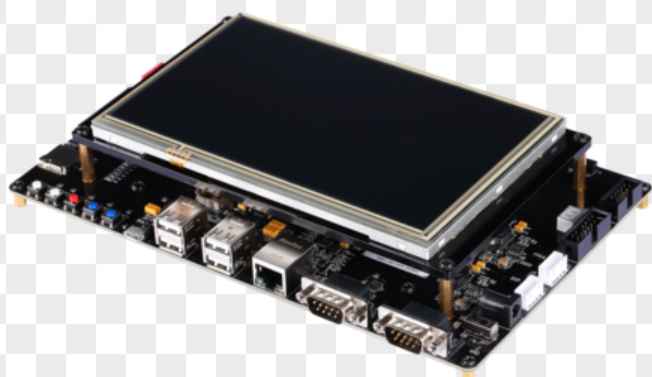
With the development of electronic products to high density and high precision, the corresponding requirements for the circuit board are put forward. And the most effective way to improve PCB density is to reduce the number of through holes, and precisely set blind holes, buried holes to achieve.
Blind hole board fabrication knowledge of circuit board
1. Blind hole definition
a: Compared with through holes, through holes refer to holes drilled through all layers, and blind holes are non-through holes. (Illustration: Through HOLE, BLIND HOLE, and BURIED hole) b: Blind hole Subdivision: blind hole, BURIED HOLE (the outer layer cannot be seen); c: In terms of production process, blind holes are drilled before pressing, while through holes are drilled after pressing.
2. Production method
A: Drill belt:
(1) : Select reference points: Select the through hole (i.e. a hole in the first drilling belt) as the unit reference hole.
(2) : A hole shall be selected for each blind hole drilling belt, and the coordinates of reference holes of its relative units shall be marked.
(3) : Note to indicate which drill tape corresponds to which layers: unit hole drawing and drill nozzle table shall be indicated, and the names before and after shall be consistent; It is not possible to use 1st, 2nd in front of a, b, and c in the division diagram.
Notice When the laser holes and the inner buried holes are inserted together, that is, the holes of the two drilling belts are in the same position, you need to move the laser holes to ensure electrical connection.
B: Process hole for producing pnl edge:

Common multilayer board: no drilling in the inner layer;
(1) : Rivets gh, aoi gh, et gh are shot out after etching plate (beer out)
(2) : target hole (drilling gh) ccd: Outer layer needs to be cut copper, x-ray machine: directly, and note that the minimum length of the long side is 11inch.
Blind hole plate:
All tooling holes were drilled. Note rivets gh. It should be brewed out to avoid counterpoint deviation.
(aoi gh is also brewed out), the edges of pnl plates need to be drilled to distinguish each plate.
3. Film modification:
(1) : indicate the film is positive, negative:
General principle: plate thickness greater than 8mil (without copper) to take the positive process;
The plate thickness is less than 8mil (without copper) and the negative film process (sheet) is adopted.
When the line thickness is large, the copper thickness at d/f should be considered, rather than the bottom copper thickness.
It is OK to make 5mil for blind ring, but 7mil is not necessary.
The inner independent pad corresponding to the blind hole must be reserved.
Blind holes cannot be made without ring.
4. Process:
The perforated plate is the same as the common double panel.
Blind orifice plate, i.e., having an outer layer on one side:
Positive film process: need to do single-side d/f, pay attention to not reel wrong surface (double-sided bottom copper is inconsistent); When d/f is exposed, the copper surface is covered with black tape to prevent light transmission.
Because the blind hole plate is done more than twice, the finished product is easy to plate thickness super thick, so the electrogram pays attention to the control plate thickness of copper thick, and indicates the range of copper thick plate thickness after etching.
After pressing the plate, use the x-ray machine to punch out the target hole for the multilayer plate.
Negative film process: For thin sheet (< 12mil with copper), because it cannot be produced in electrodrawing, it must be produced in water gold drawing, and water gold drawing can not be divided into two sides of the current, so it is not possible to do single-side no current or small current according to mi requirements. Such as positive process, often lead to a single side of copper thick super thick, resulting in etching difficulties, thin line phenomenon, so this kind of plate needs to go negative process.
5. The drilling sequence of through hole and blind hole is different, and the deviation during production is inconsistent
The blind hole plate is easy to produce deformation, and the horizontal straight material is difficult to control the alignment of the multilayer plate and the tube position distance, so only the horizontal material or only the straight material is opened.
6. Laser drill
LASER DRILL is a kind of blind hole and has its own characteristics:
Aperture size: 4 -- 6 mil
pp thickness must be < =4. 5mil, calculated based on aspect ratio < = 0.75:1
There are three kinds of pp: LDPP 106 1080; FR4 106 1080; RCC.
7. How to define the perforated plate needs to be plugged with resin
a.H1 (CCL) : H2 (PP) > =4 thickness ratio
B.i (CCL) 32MIL
c. 2OZ and above laser hole plate; The high thickness copper and high tg plates shall be sealed with resin.
In the andante process of this kind of board, attention should be paid to using resin to seal the hole before making the line so as not to cause great damage to the line.







